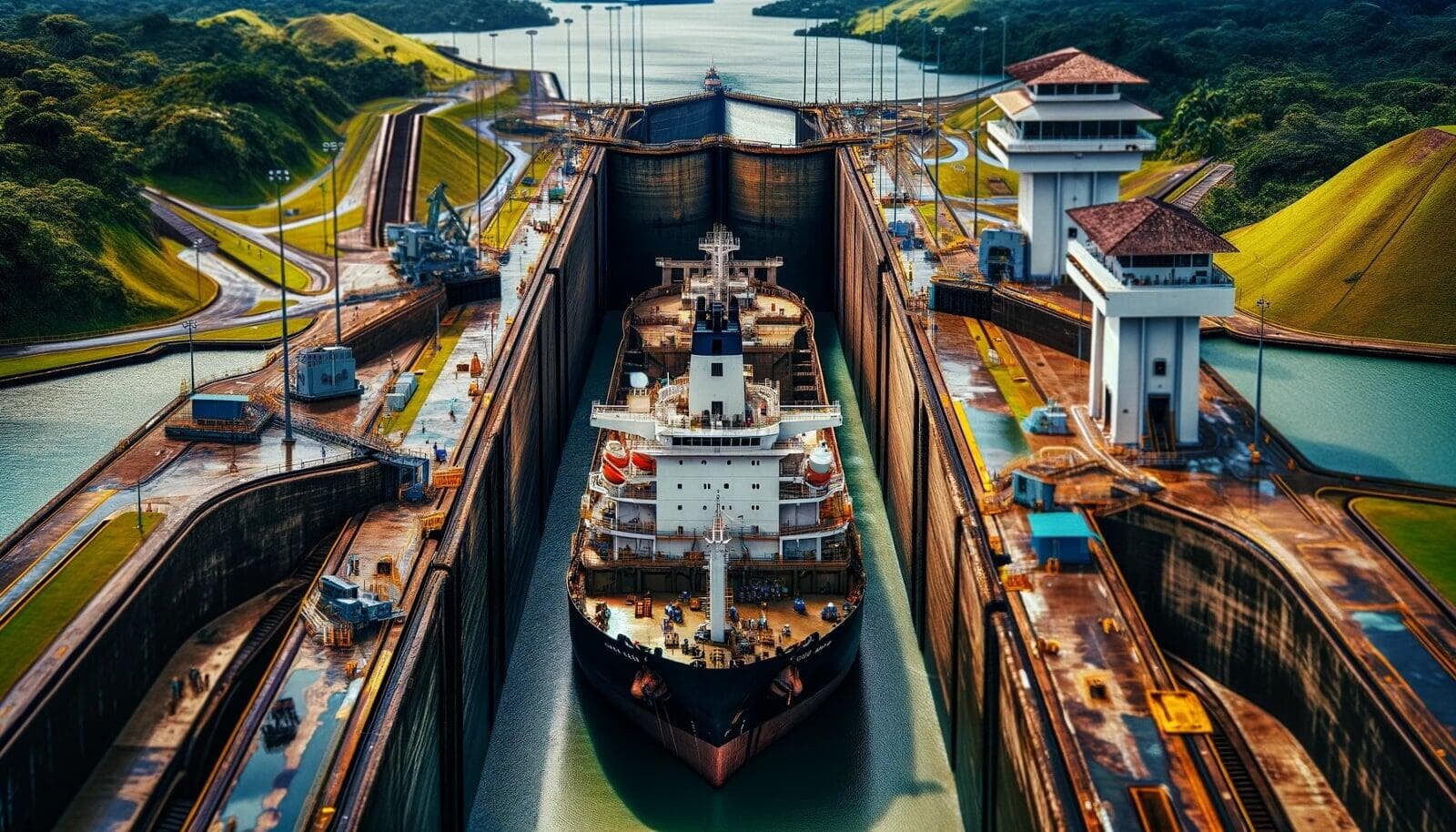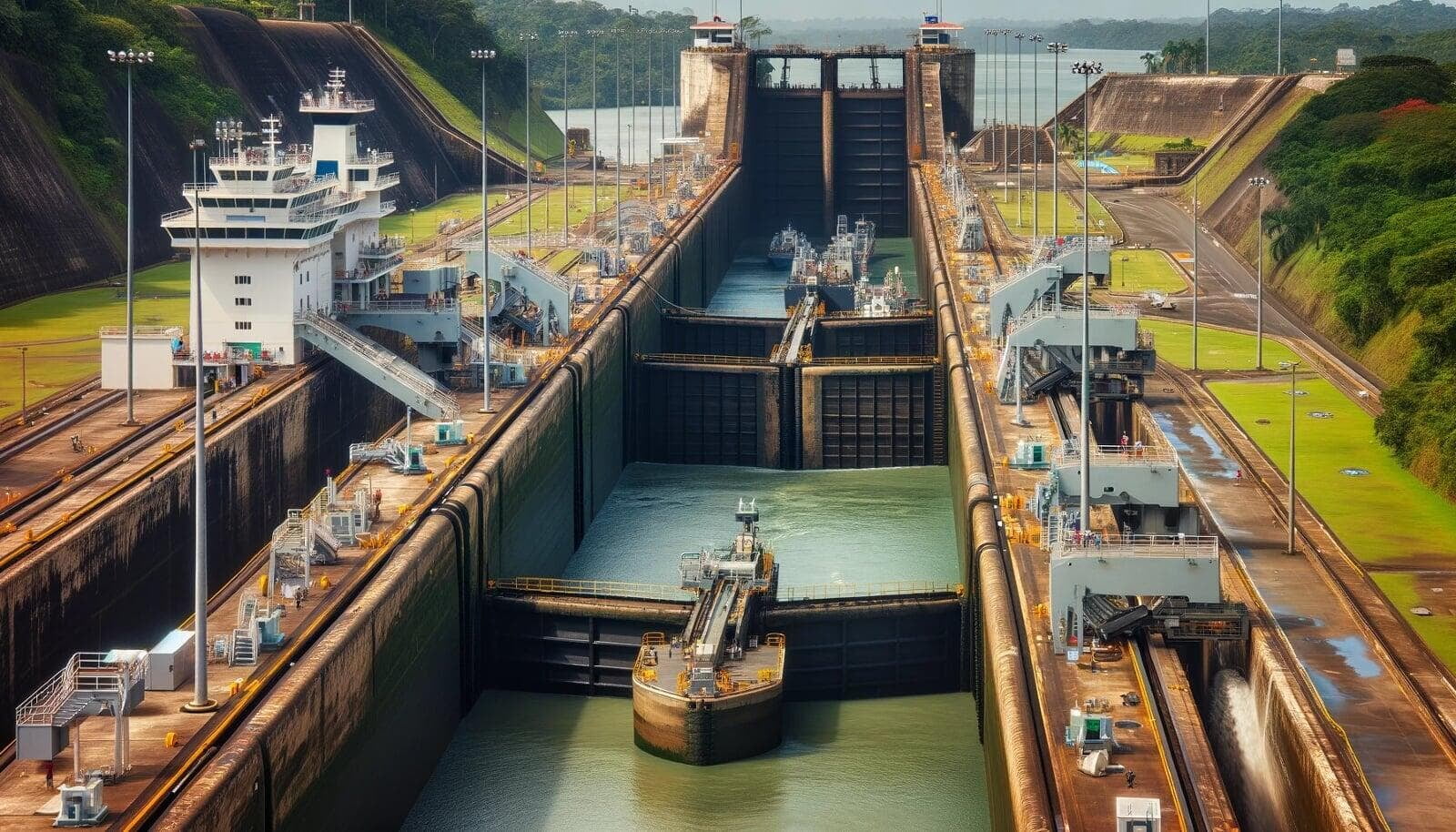
The Panama Canal, one of the most significant engineering achievements of the 20th century, has been facilitating maritime trade by connecting the Atlantic and Pacific Oceans since its inauguration on August 15, 1914. This monumental construction has not only shortened the journey for shipping vessels but also significantly contributed to the economic development of Panama and global trade. At the heart of this engineering marvel is its intricate lock system, designed to lift ships over the Isthmus of Panama. This article delves into the workings of the Panama Canal lock system, exploring its history, design, and operational mechanisms.
Historical Background.
Before the construction of the Panama Canal, ships had to navigate the treacherous waters of the Drake Passage around the southern tip of South America. The need for a shorter and safer route led to the construction of the canal, which was a colossal engineering project undertaken by the United States after France's initial failed attempt in the late 19th century. The lock-based design was chosen to overcome the challenge of the varied terrain and the elevation difference between the oceans and the canal's highest point.

The Design and Construction of the Lock System.
The Panama Canal lock system consists of three sets of locks: Miraflores, Pedro Miguel on the Pacific side, and Gatun on the Atlantic side. Each lock is a concrete structure that functions as a water elevator, lifting ships 85 feet above sea level to the canal's main elevation and then gradually lowering them back to sea level. The locks operate by principles of gravity, without the need for pumps, to fill and empty the chambers.
Each lock chamber is 110 feet wide, 1,000 feet long, and 85 feet deep, large enough to handle the majority of ships at the time of the canal's opening. However, to accommodate larger modern vessels, the Panama Canal underwent an expansion project that introduced a new set of locks, known as the Panama Canal Expansion, which was completed in 2016. These new locks allow the transit of New Panamax ships, significantly larger than those accommodated by the original locks.

Operational Mechanics of the Lock System.
The operational mechanism of the Panama Canal lock system is an exemplar of engineering ingenuity. The process begins as a vessel approaches the lock. Once it enters the chamber, massive gates close behind it, sealing the chamber. Water is then allowed to flow into the chamber from the upstream side via a system of culverts embedded in the lock walls. This water comes from Gatun Lake, which serves as a reservoir for the canal.
The flow of water into the chamber is controlled by gravity and regulated by enormous valves. As the chamber fills, the ship rises until it reaches the level of the next chamber or the canal itself. Once the water levels on both sides equalize, the gates at the forward end of the lock open, and the vessel progresses to the next stage. This process is reversed when lowering ships to sea level.
One of the most remarkable aspects of the Panama Canal's lock system is its efficiency and sustainability. The water used to fill the locks comes directly from rainwater stored in Gatun Lake, making the operation of the locks dependent on the seasonal rainfall. This ingenious design ensures that the canal remains operational even in the face of fluctuating water levels.
Conclusion.
The Panama Canal lock system remains a testament to human ingenuity and the capacity to overcome natural barriers through engineering. It not only revolutionized maritime trade but also stands as a symbol of international cooperation and technological advancement. As ships continue to navigate through its locks, the Panama Canal lock system will forever be celebrated as a pivotal achievement in engineering and a cornerstone of global commerce.


